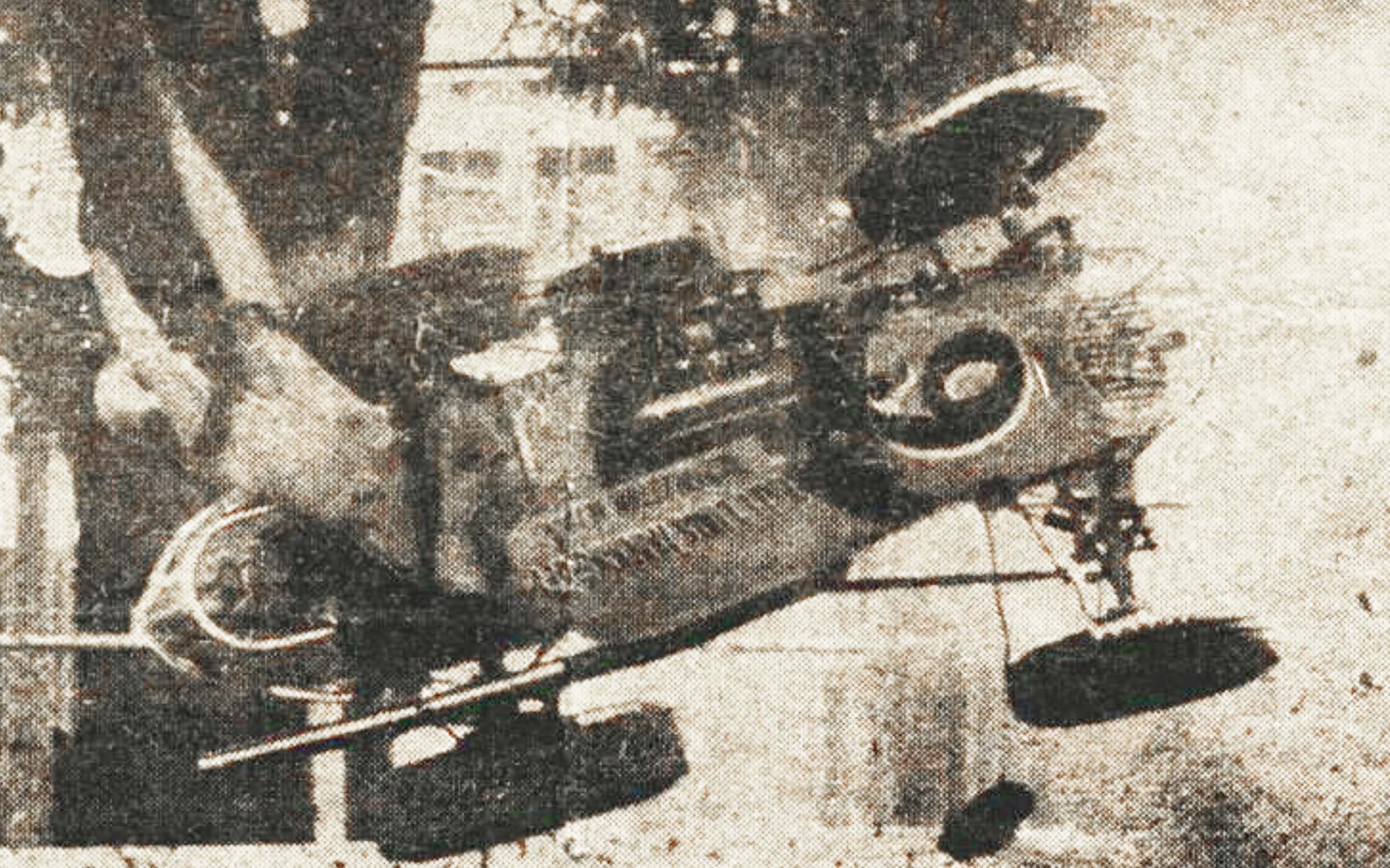Arkansas and the Greatest Spectacle in Racing: A.J. Shepherd
November 18-24, 2019
By Kris Rutherford
Part I
Over the course of the past 108 years, the Indianapolis 500 has been run 103 times. Nearly 800 drivers and 3,500 open-wheeled cars, probably better described as “driving machines,” have qualified for the Memorial Day weekend event in Speedway, Indiana, since the race’s first running in 1911. And while the first 75 or so races consisted almost exclusively of American drivers, only three native Arkansans have climbed into the cockpit of a “champ car” to compete in the Indianapolis 500. Among them was A.J. Shepherd, a native of Chester, near Fort Smith.
Alvin Silas “A.J.” Shepherd, Jr. was born June 11, 1926, the fourth of 16 children born to Alvin and Maggie Shepherd following their marriage in 1920. Alvin Sr. worked as a stationary engineer and farmer during his lifetime. He moved his family between northwest Arkansas, southwest Missouri, northeast Oklahoma, and southeast Kansas.
A.J. Shepherd, Jr. served in the U.S. Navy during World War II, After the war, the lanky 6’1, 165 pound sailor settled in Wichita, Kansas, and married his first wife, Nancy. For the next several years, A.J. worked as a bartender while pursuing auto racing as a hobby in his spare time. In 1954, he began racing competitively at the newly built Robbins Speedway in Park City, Kansas. When new owners bought the track and renamed it “81 Speedway” in 1958, he remained a regular; in fact, in 2005, A.J. was named to the 81 Speedway Hall of fame. But in short order, the driver had his sights on a different speedway, this one in Speedway, Indiana.
In 1960, Shepherd earned the backing of car owner Peter Schmidt and took his racing hobby to the highest level of open-wheeled racing in the U.S., the United States Auto Club (USAC) Champ Car Series. In his first season, Shepherd attempted to qualify in the final two of the twelve races on the circuit. Although he failed to make the field for the race in Phoenix on the season’s last weekend, he did race in Sacramento on the California State Fair Grounds. As a rookie, A.J. started in 11th position, and he finished having run 98 of 100 laps. His eighth place finish netted $563 in winnings.
A.J. Shepherd was much more active in 1961. He began his season at Trenton Raceway in New Jersey, qualifying as the 21st of 22 drivers and finishing in 11 place. His earnings dropped slightly from Sacramento as he took home $548 of the purse. A month later he finally arrived in Speedway, Indiana, and attempted to qualify for the Indianapolis 500.
Driving the Christianson-chassis Offenhauser-powered #73 car sponsored by Travelon Trailers, Shepherd qualified 14th in the 33-car field. On race day, he maintained his position early, but on lap 52, Shepherd a crash ended his race. While he was disappointed in his 26th place finish, the $4,400 payout was likely more than he imagined he would ever win when he began racing in Kansas.
After failing to qualify for the next race in 1961 then choosing to sit out the fifth race on the circuit, Shepherd returned to the track in Milwaukee, this time behind the wheel of a car sponsored by Bell Lines Trucking. Following his sixth place finish on the Milwaukee mile, he next raced at the Illinois State Fairgrounds in Springfield. It was the best race of his career, as A.J. qualified in second position and finished fourth. He continued his top ten streak at DuQuoin before ending his season with a 15th place finish at Syracuse.
In a second Indianapolis race, the “Hoosier 100” on the one-mile track at the state fairgrounds, A.J. Shepherd failed to qualify, but it wasn’t for a lack of speed. During his qualifying run, Shepherd’s car lost traction, resulting in a horrifying end-over-end crash. When finally coming to rest, both A.J. and his car were outside the track, having catapulted over the speedway wall. In a day before car engineers realized that each part of a car that breaks loose during a crash protects the driver by carrying energy away from the cockpit, Shepherd somehow managed to survive the accident. But he suffered severe head injuries and remained in a coma over two weeks. His injuries resulted in his retirement from racing just as he was proving to be competitive.
With his days racing behind him, A.J. Shepherd returned to Kansas and began a different type of driving career — wheeling a bus for the Wichita City Transit System. In the five years since his accident, his marriage to Nancy ended, and in 1966 he remarried, this time to Helen Jean Stockebrand. The couple had no children but remained together until Helen’s death just two years after A.J.’s retirement from the Transit System in 1994. He then moved to Miami, Oklahoma, where he lived out his retirement.
A.J. Shepherd died on May 8, 2005, while eating lunch at a restaurant in his new hometown. His body was returned to Wichita where the former champ car driver was buried in Resthaven Gardens of Memory beside his second wife, to whom he was married for 30 years.
Next month, we’ll take a look at another of the three Arkansas natives who made it onto the track on race day at the Greatest Spectacle in Racing, the Indianapolis 500. Stay tuned.
PHOTO CAPTION:
During qualifying for the 1961 Hoosier 100, A.J. Shepherd’s car goes airborne. As the vehicle flips over the track wall, Shepherd appears to pull himself clear of his car by grabbing the limb of a tree. Moments later, he was thrown from the car and suffered severe head injuries. (Photo provided)



